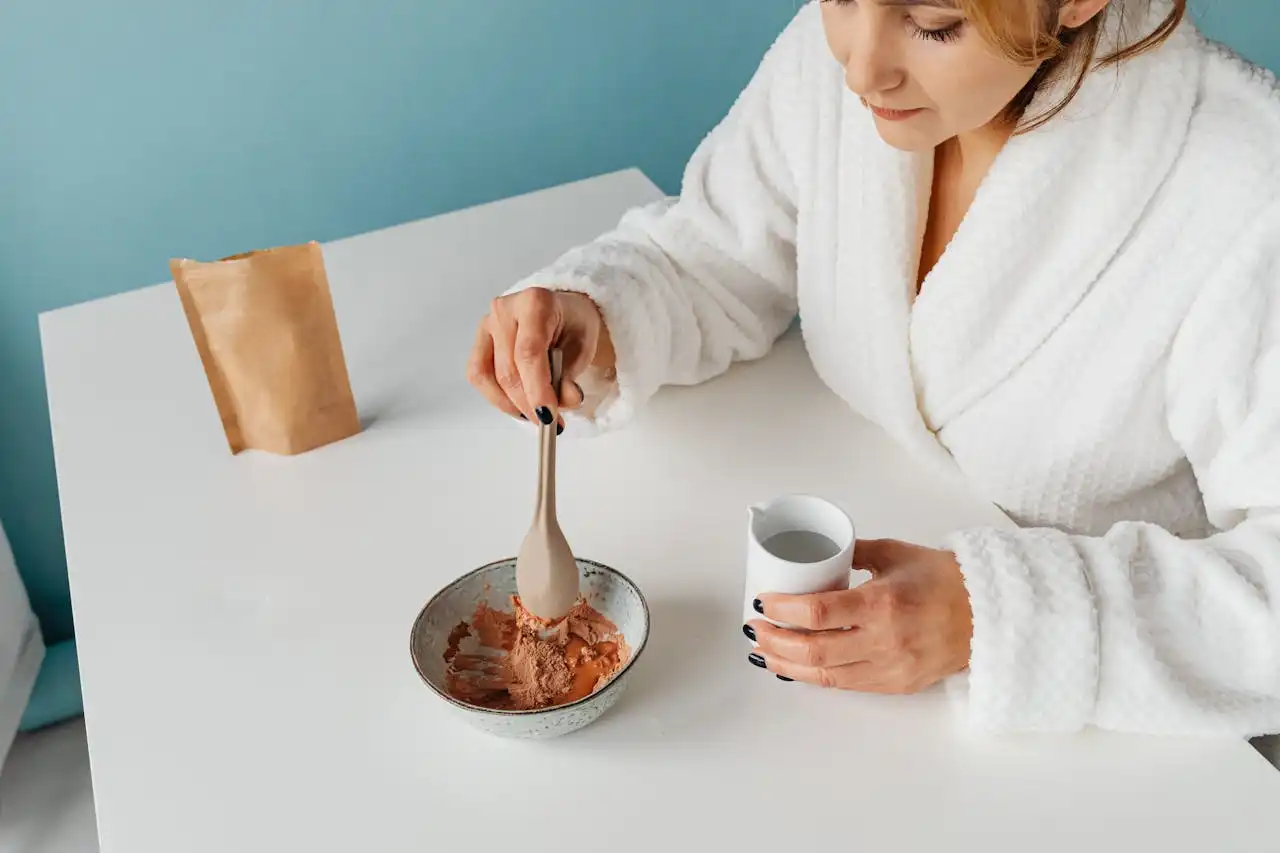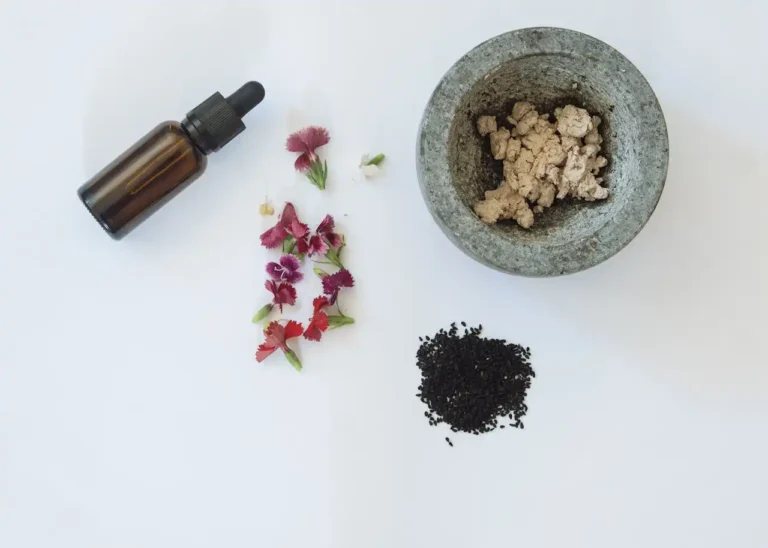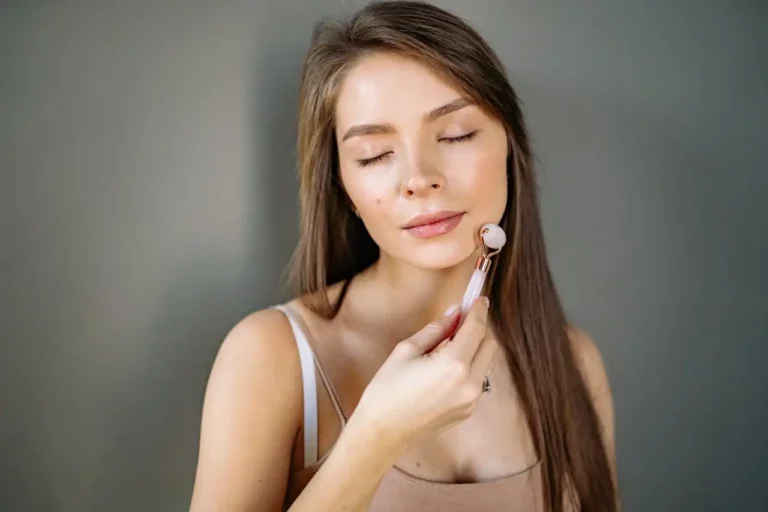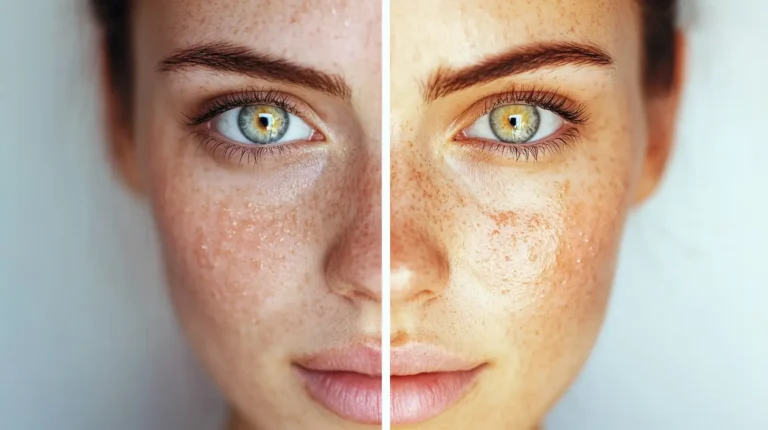7 Skincare Ingredients You Should Never Mix
Your bathroom counter looks like a chemistry lab, and you’re proud of your extensive skincare routine.
But before you start mixing and matching those expensive serums and treatments, you need to know which ingredients don’t play well together.
Some combinations can irritate your skin, cancel out benefits, or even cause serious damage.
1. Vitamin C and Retinol

You’ve probably heard amazing things about both vitamin C and retinol – and rightfully so. These powerhouse ingredients can transform your skin when used correctly.
However, combining them in the same routine can spell disaster for your complexion.
Vitamin C works best in an acidic environment with a pH between 3.5 and 4.0. Retinol, on the other hand, requires a more neutral pH around 5.5 to 6.0 to remain stable and effective.
When you mix these two, they essentially neutralize each other, rendering both ingredients less potent.
The pH conflict isn’t the only issue you’ll face. Both ingredients can cause irritation when used alone, especially if you’re new to active skincare ingredients.
Combining them amplifies this irritation, potentially leading to redness, peeling, and sensitivity that can last for weeks.
Your skin might also experience increased photosensitivity when you use these ingredients together.
While retinol already makes your skin more sensitive to sun damage, adding vitamin C to the mix during the day can increase your risk of burning and hyperpigmentation.
Instead, use vitamin C in your morning routine and save retinol for nighttime applications.
2. AHA/BHA Acids and Retinol
Alpha hydroxy acids (AHAs) like glycolic and lactic acid, along with beta hydroxy acids (BHAs) like salicylic acid, are incredible exfoliating ingredients.
They help remove dead skin cells, unclog pores, and reveal brighter, smoother skin. But pairing them with retinol creates a perfect storm of over-exfoliation.
Your skin has a natural barrier that protects it from environmental damage and moisture loss.
Both chemical exfoliants and retinol work by breaking down this barrier to varying degrees.
When you combine them, you’re essentially double-dosing on exfoliation, which can compromise your skin barrier more than it can handle.
Over-exfoliation manifests in several unpleasant ways. You might notice increased dryness, flaking, and peeling that doesn’t improve with moisturizer.
Your skin may become red and inflamed, feeling tight and uncomfortable throughout the day. Some people develop contact dermatitis, which can take weeks to heal properly.
The timing of application matters significantly with these ingredients. If you insist on using both, alternate them on different nights rather than layering them together.
Start slowly, perhaps using each ingredient only once or twice per week until your skin builds tolerance. Pay attention to how your skin responds and adjust accordingly.
3. Benzoyl Peroxide and Retinol
Benzoyl peroxide stands as one of the most effective acne-fighting ingredients available without a prescription.
It kills acne-causing bacteria and helps unclog pores, making it a go-to for many people dealing with breakouts. However, combining it with retinol can cause more problems than solutions.
Both ingredients increase cell turnover, which sounds beneficial in theory. In practice, this combination often leads to severe dryness and irritation that can worsen acne rather than improve it.
Your skin might become so irritated that it produces more oil to compensate, potentially triggering more breakouts.
Benzoyl peroxide also has oxidizing properties that can actually deactivate retinol, making your expensive retinol serum essentially useless.
You’re not only risking irritation but also wasting money on products that won’t work effectively when combined.
The chemical interaction between these ingredients can also cause your skin to become more sensitive to other products in your routine.
You might find that moisturizers or sunscreens that never bothered you before suddenly cause stinging or burning sensations.
This increased sensitivity can persist for several weeks after you stop using the combination.
4. Vitamin C and AHA/BHA Acids

Vitamin C and chemical exfoliants might seem like a dream team for achieving glowing, even-toned skin.
Both ingredients can help with hyperpigmentation and texture, but using them together often backfires spectacularly.
The main issue lies in pH levels once again. Vitamin C requires that acidic environment we mentioned earlier, while AHAs and BHAs also function best at low pH levels.
When you layer these ingredients, they compete for the same acidic environment, potentially making all of them less effective.
More concerning is the irritation factor. Chemical exfoliants remove the top layer of dead skin cells, essentially creating tiny micro-wounds in your skin.
When you apply vitamin C to this freshly exfoliated skin, it can cause intense stinging, burning, and redness that feels like a chemical burn.
Your skin might also experience what’s called “purging” from multiple active ingredients at once, but this can be difficult to distinguish from actual irritation.
True purging should improve within 4-6 weeks, but irritation from combining these ingredients often worsens over time rather than getting better.
5. Niacinamide and Vitamin C
This combination generates heated debates in skincare communities.
While some people use niacinamide and vitamin C together without issues, many others experience problems that make this pairing worth avoiding, especially for sensitive skin types.
The controversy stems from the potential for niacinamide to convert into niacin (nicotinic acid) when combined with vitamin C in certain pH conditions.
This conversion can cause flushing, redness, and irritation that resembles a mild allergic reaction. Not everyone experiences this, but when it happens, it’s quite uncomfortable.
Even if you don’t experience obvious irritation, you might notice that your vitamin C serum seems less effective when you use niacinamide alongside it.
Some studies suggest that niacinamide can interfere with vitamin C absorption, reducing its antioxidant benefits and skin-brightening effects.
The timing and formulation of your products matter significantly with this combination.
If you want to use both ingredients, apply them at different times of day or wait at least 30 minutes between applications.
Look for products specifically formulated to include both ingredients, as cosmetic chemists can buffer the pH to prevent negative interactions.
6. Benzoyl Peroxide and AHA/BHA Acids
Both benzoyl peroxide and chemical exfoliants target acne, but combining them often creates more skin problems than it solves.
This combination represents one of the most common mistakes people make when trying to address stubborn breakouts quickly.
Benzoyl peroxide works by introducing oxygen into pores, which kills anaerobic acne bacteria.
Chemical exfoliants work by dissolving the bonds between dead skin cells, helping to unclog pores from a different angle.
While this might sound complementary, using both creates an environment that’s too harsh for most skin types.
The over-drying effect of this combination can trigger your skin’s protective mechanisms, causing it to produce more oil to compensate for the excessive dryness.
This rebound effect often leads to more clogged pores and breakouts, the exact opposite of what you’re trying to achieve.
Your skin barrier suffers significantly when you use these ingredients together.
You might notice that your skin feels tight, looks flaky, and becomes more sensitive to everything from weather changes to fabric softener.
This compromised barrier also makes your skin more susceptible to bacterial infections and environmental damage.
7. Retinol and Salicylic Acid
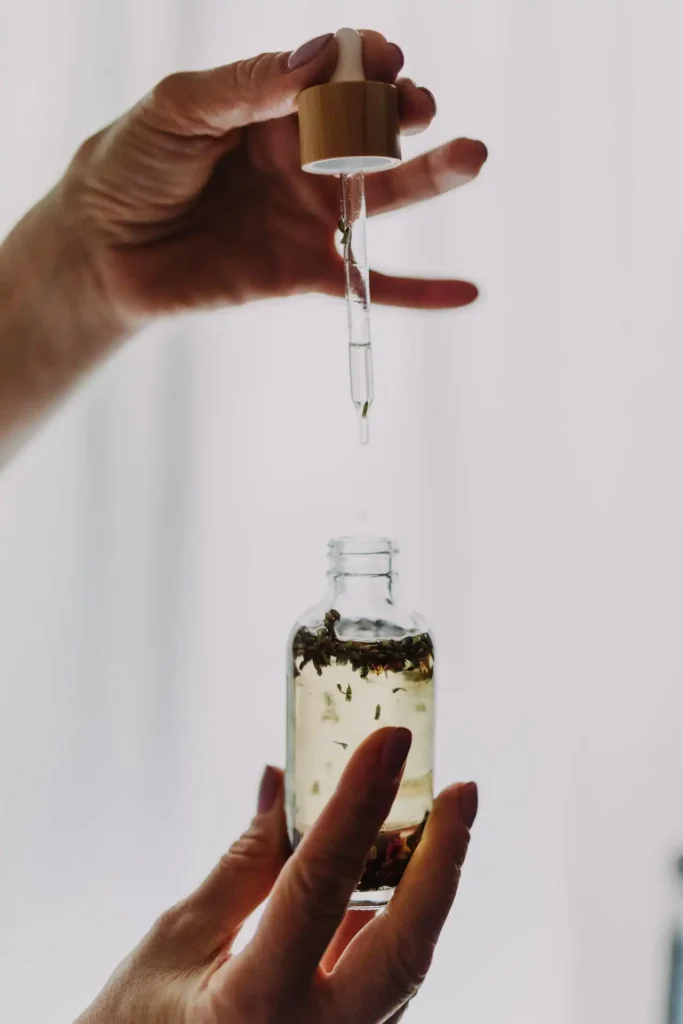
Salicylic acid, a beta hydroxy acid, penetrates deep into pores to dissolve oil and dead skin cells.
Retinol increases cell turnover and helps prevent clogged pores from forming. The recovery time from over-exfoliation with this combination can be particularly lengthy.
Both ingredients can help with acne and skin texture, but using them together often leads to over-exfoliation and irritation.
The molecular structure of salicylic acid allows it to penetrate oil, making it particularly effective for oily and acne-prone skin.
However, this same property can increase the penetration of retinol, potentially causing it to absorb too deeply and create irritation that manifests as redness, peeling, and sensitivity.
Your skin might initially seem to improve when you start using these ingredients together, as the increased exfoliation reveals smoother skin underneath.
However, this improvement is usually short-lived, and you’ll likely experience a rebound effect where your skin becomes more irritated and sensitive than when you started.
You might need to avoid all active ingredients for several weeks while your skin barrier repairs itself.
During this time, your skin may be more prone to breakouts, hyperpigmentation, and sensitivity to products that previously caused no issues.
Conclusion
Smart skincare means understanding ingredient interactions and building a routine that works with your skin, not against it.
Patience and strategic layering will give you better results than aggressive mixing ever could.

